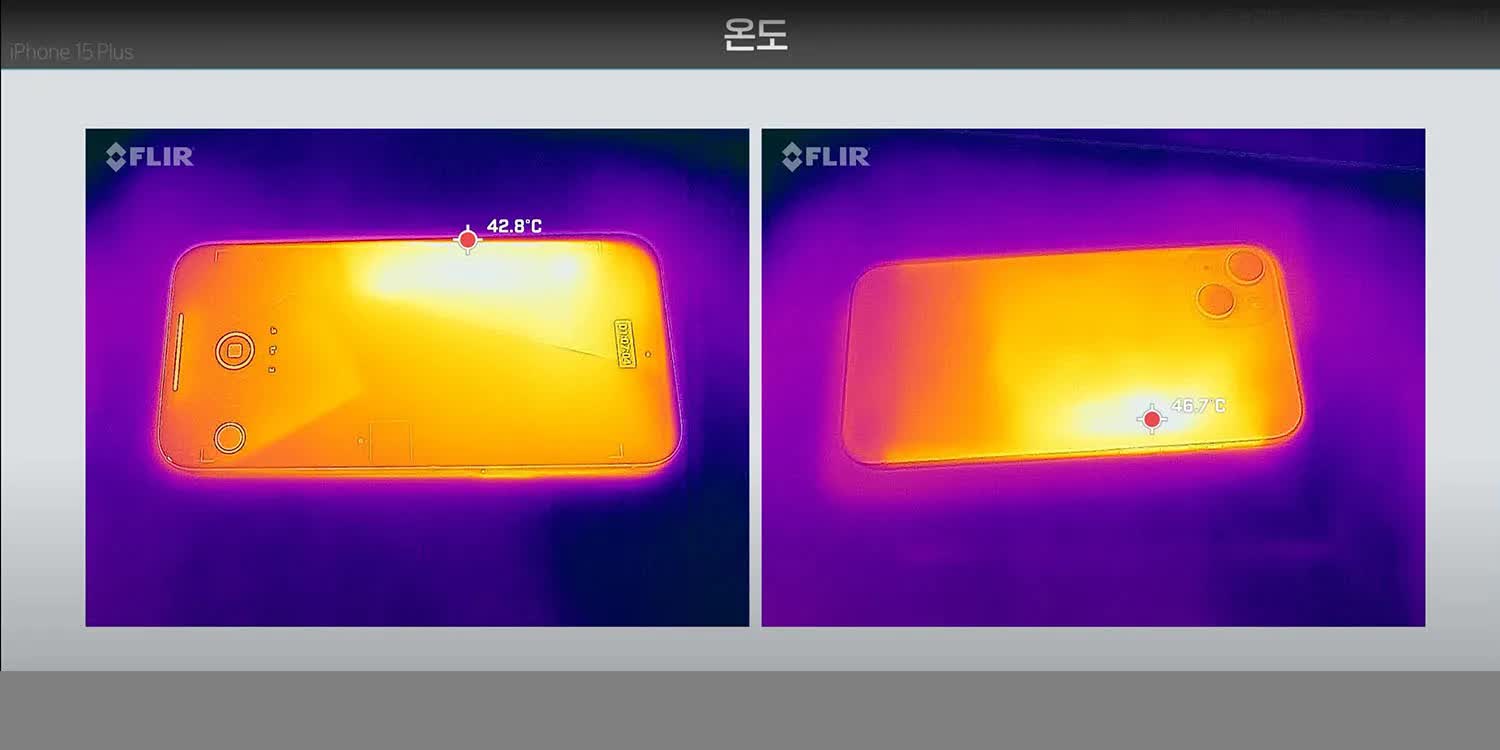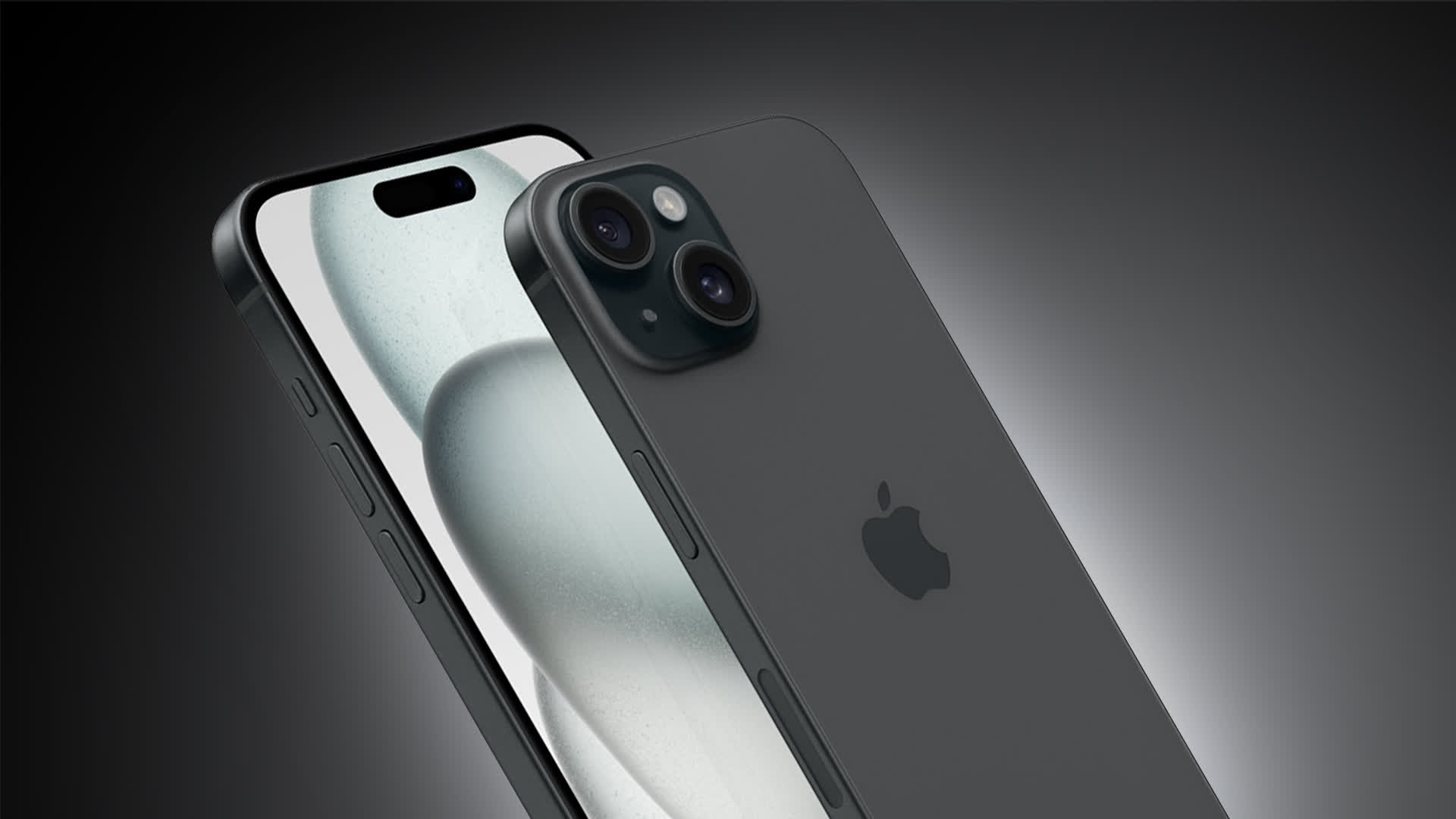Recap: Apple's iPhone 15 lineup has been one of the hottest tech items available – literally. Shortly after release, users began reporting the phone's propensity to overheat while charging, during setup, and even general use. Early analysis and reports suspected the thermal issue was related to the phone's new hardware and design. However, it appears to be software-related.
To no one's surprise, Apple's highly anticipated iPhone 15 and 15 Pro release resulted in long lines, depleted retail stock, and pre-orders exceeding the iPhone 14's initial demand by up to 12 percent. Not long after its release, users began reporting uncomfortably high phone temperatures across review sites and social media, with some temperatures reaching as high as 48C (118F).
Jeeez my iPhone 15 Pro Max is almost too hot to touch while fast charging rn...
– Ian Zelbo (@ianzelbo) September 25, 2023
Initial speculation pointed to Apple's thermal design and new SoC hardware as the culprits responsible for the overheating. However, a recent statement from Apple to Forbes identifies initial setup, some app-specific problems, and some iOS 17 software bugs as the real drivers behind the thermal spikes.
According to Apple's statement, there are three factors currently contributing to the overheating:
- Increased background activity during the first few days of use following initial setup or backup restoration
- A bug in iOS 17 affecting some users, which will be addressed in an upcoming software update
- Issues related to third party apps, causing them to overload the phone's system
Aside from clarifying the cause of the overheating issues, the company's statement reiterated that the overheating has nothing to do with the phone's new design.

Apple identified several third-party applications responsible for overheating, including Instagram, Uber, and the Asphalt 9 racing game available via the app store. Instagram users have already received relief following a patch to address the issue on September 27th. Apple said that any updates to resolve the iOS 17-related bugs, currently being tested in the iOS 17.1 beta, do not involve reducing the device's performance to address the temperature issues.
Power adapters operating above 20W were also mentioned in the article, stating that they can cause temporary temperature increases. The charging-related temperature is not a concern as long as the charger adheres to USB-C power delivery standards.
Apple provided reassurance that there is no risk to safety or device performance due to the phone's built-in protections to prevent overheating. While the current temperature increases are inconvenient, the problem identified as a software issue rather than a hardware or design flaw is good news for iPhone 15 users everywhere.
lmage credit: BullsLab
